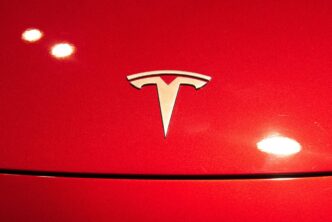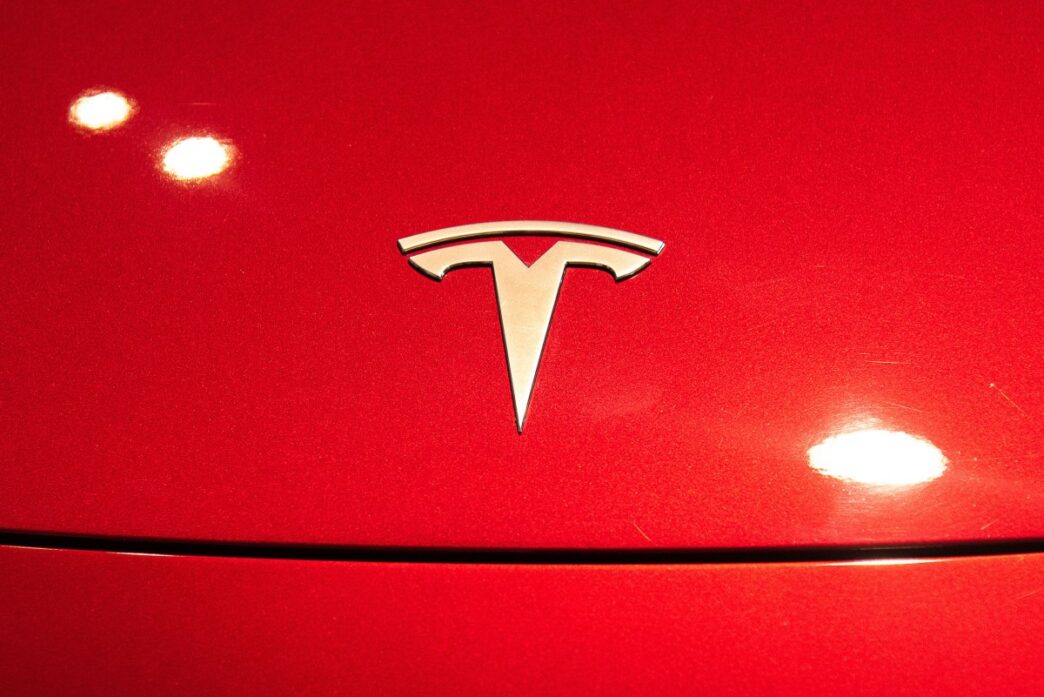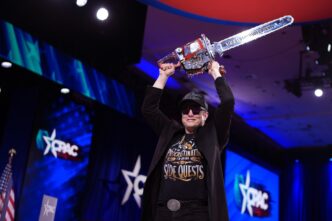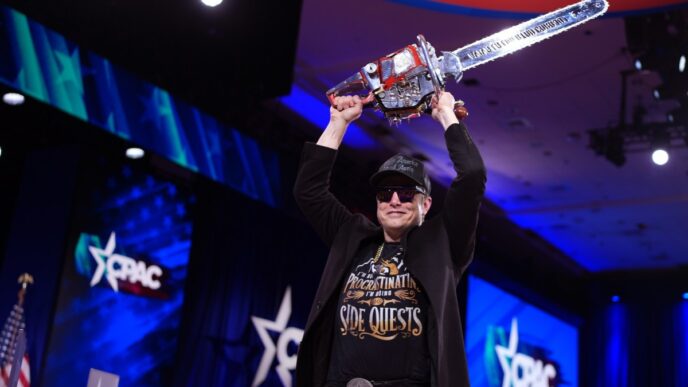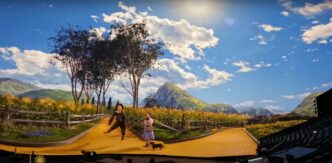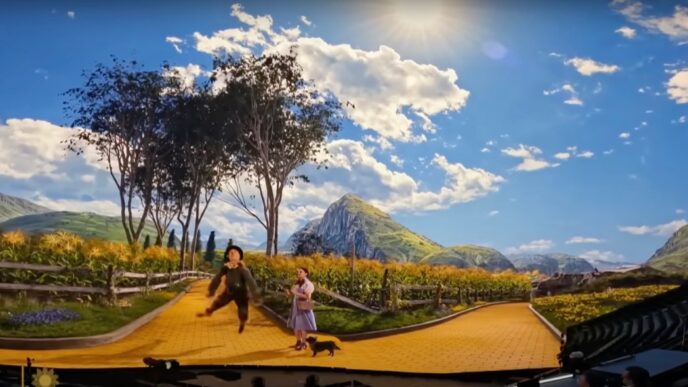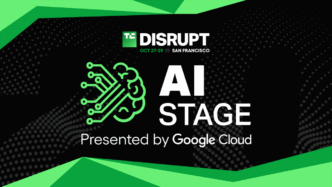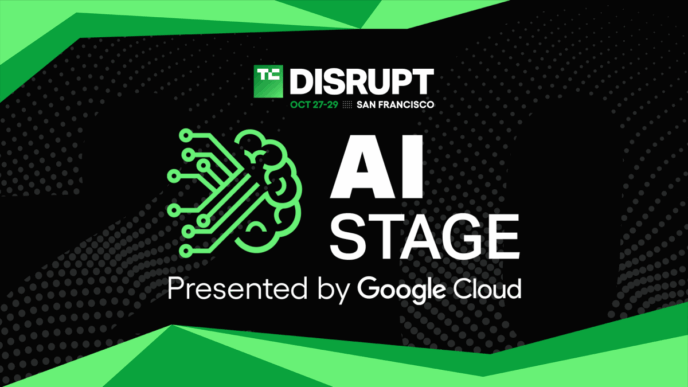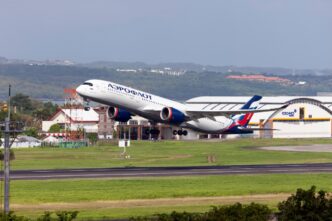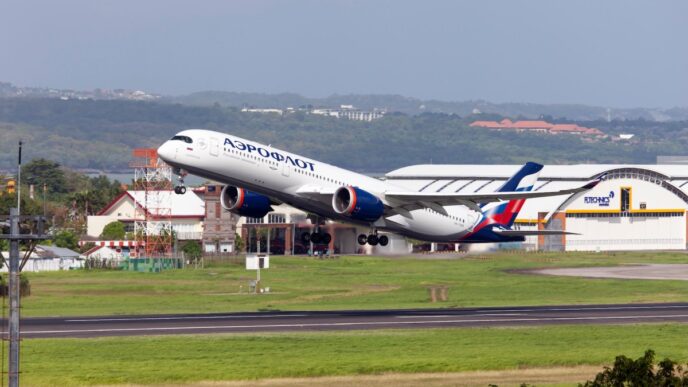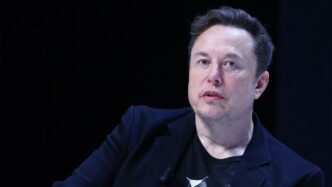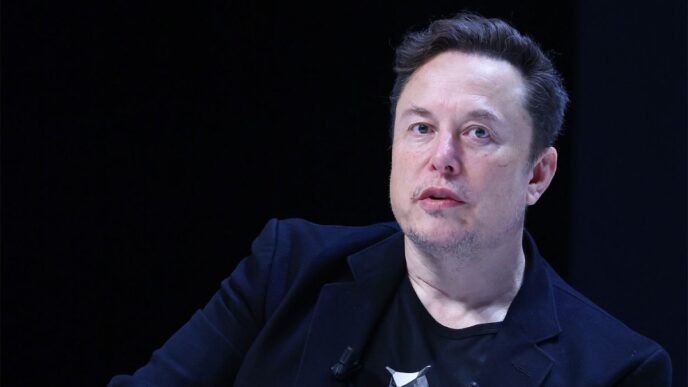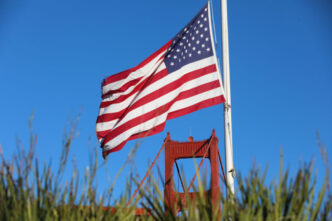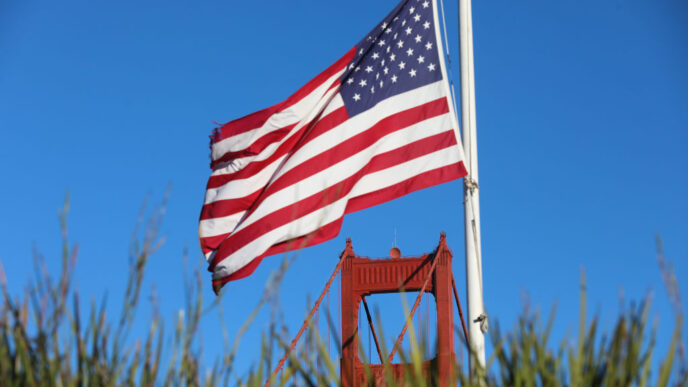Tesla is rolling out an even more limited version of its robotaxi service in San Francisco this weekend. The invite-only test follows the initial launch in Austin, Texas last month, according to Business Insider.
The catch? Tesla doesn’t have the required California permits for operating autonomous robotaxis—driverless or with a human safety driver behind the wheel.
California’s Department of Motor Vehicles controls AV testing and deployment permits. Tesla only holds a permit for testing with a human safety driver. It has no permits for driverless testing or deployment. DMV confirmed Tesla hasn’t applied for those yet. Mercedes-Benz, Nuro, and Waymo hold the only driverless deployment permits in California.
Likewise, the California Public Utilities Commission (CPUC) hasn’t granted Tesla approval to run autonomous passenger service. The CPUC regulates commercial ride services. Tesla only holds a Transportation Charter Party permit, letting a human driver operate a traditional, non-autonomous vehicle for charters—not AV rides.
Terrie Prosper, CPUC spokesperson, told TechCrunch:
Tesla has a Transportation Charter Party permit, which allows a human driver to drive a traditional vehicle (not an AV) for charter services with the public.
This is distinctly different from an autonomous vehicle permit for passenger transportation. So-called AV authorizations, which Tesla doesn’t have, allow for testing and deployment of autonomous vehicles with or without a driver.
Tesla has not received approval from the CPUC to offer autonomous passenger service to customers, paid or unpaid, with or without a driver (nor has the company applied).
Tesla also doesn’t hold a “Drivered Pilot AV permit” from the CPUC, so it cannot even use an autonomous vehicle with a human operator behind the wheel for passenger service.
This means Tesla could be breaking state rules if it activates autonomous driving in its robotaxis in San Francisco—even if a safety driver is present and rides are free.
The San Francisco push comes amid ongoing California legal headaches for Tesla. The DMV is trying to stop Tesla from selling vehicles in the state over the company’s overhyped self-driving claims. Meanwhile, a lawsuit is underway involving deaths linked to Tesla’s Autopilot driver-assistance system.
The robotaxi service in Austin has been running since June 22 but remains small and tightly controlled. About 10 vehicles operate mostly downtown and on main streets. A human safety driver is always in the front passenger seat ready to intervene. Details on intervention rates and full vehicle counts remain unclear.
Tesla CEO Elon Musk once promised a “general solution” that would enable a Tesla to drive from Los Angeles to New York autonomously—a feat that never happened. Musk says Tesla is trying to expand robotaxi tests to Florida and Arizona. TechCrunch previously reported Tesla starting certification processes for Arizona’s AV testing and deployment.
The CPUC update was added after initial reporting.
TechCrunch Event
San Francisco | October 27-29, 2025
